
I’m rarely a fan of healthcare IT books. My criticisms generally fall along these lines:
- The author isn’t original, authoritative, or knowledgeable.
- The book tells me nothing that wasn’t obvious or that I don’t already know
- Its content isn’t really “meaty” enough to get excited about.
- It uses too much material already available elsewhere, with lots of citations and excerpts that make it look like an imitative journal article.
- Whatever knowledge the author possesses isn’t generalizable to everybody else.
- The book is a chore to read because it’s written pedantically or without skill.
- It doesn’t deliver an end result that makes me happy to have spent the time and money to earn it.
Connected for Health: Using Electronic Health Records to Transform Care Delivery raises none of these criticisms. I found it to be fascinating and informative. It is easily the best work I’ve read on healthcare IT’s role in changing how healthcare is delivered.
I’ll try to keep my review short, but there’s literally something on every page that’s highly useful even to someone like me who’s been in the industry forever and thought they’d figured it all out by now. I’m pretty sure I’ll read it at least five times over the next few weeks since there’s a lot to absorb.
(By the way, if you teach any kind of healthcare or healthcare IT class, this would be a great course resource).
In the interest of disclosure, here’s all I have to share. A book PR company asked if they could send me a free copy in case I wanted to review it. I said OK, but didn’t commit to anything since I don’t like reviewing books (I almost always have lots of criticisms, but then I feel guilty for laying them out even though someone asked me to review their book honestly). I don’t have any connection to Kaiser, I don’t know any of the authors, and I didn’t even try to sneak one of those commission-paying Amazon links above just in case you click on over to buy a copy.
Now I’m not about to sell out my integrity for the price of a book, so rest assured that it’s the same old cynical, dismissive Mr. H talking. Keep that in mind because I’m about to turn into an uncharacteristic cheerleader for Connected for Health. I’m hoping this doesn’t taint my curmudgeonly image (or encourage other authors to send me books to review that I’ll probably not like).
Every hospital that’s using or planning to use clinical information systems should buy copies for every board member and executive. It’s that good. It sets the vision and perspective needed to embark on big-budget projects involving CPOE, nursing documentation, ancillary systems, and data warehousing. It doesn’t tell you what you should do, but it tells you what KP did. And a lot of what KP did and is doing is what everybody else should aspire to.
I think you’d have a tough time arguing why KP’s methods wouldn’t work in some form for other hospitals. Instead of having one of those dopey CPOE kickoff meetings where the winner of the “name our clinical system” contest is announced and everybody pretends they are committed to something they don’t even understand, pass out copies of Connected for Health (even better, do it well before any important decisions are made, like choosing a vendor or developing the project plan).
The book covers in perfect detail Kaiser Permanente’s HealthConnect project, the largest non-governmental HIT project in the world. You might think, “What does that huge organization and its $4 billion project budget have to do with my hospital?” Plenty, as it turns out. Most everything in the book is relevant to the EMR-type projects of even modest-sized organizations. Only the scale differs. The issues are pretty much the same everywhere.
Maybe the most important takeaway is that you’re wasting your money on software if you can’t back it up with the pieces that go with it. Hospitals where I’ve worked shot their wads buying an arguably overpriced clinical system, then ensured mediocrity by trying to run it as an on-the-cheap IT project. We didn’t have enough dedicated resources, we weren’t willing to pay community-based doctors for their time to help out, and we went cheap on end user devices and support resources. Maybe Kaiser did a lot more than a typical hospital could afford, but their results have been proportionately more impressive. They spent a ton of money, effort, and planning to go live, but then as the book says, “Welcome to the starting line.”
If you ask me, the foreword by Don Berwick (then of the Institute of Healthcare Improvement, now of the Center for Medicare and Medicaid Services) is worth more than the cost of the book. Don’s a quality and outcomes guy, not some IT geek doctor with four smart phones on his belt. He focuses on patients, not vendors and deals and Gantt charts. I could have worn out a highlighter marking the parts that had my head nodding.
Here’s a snip that struck home as I thought of all the failed, expensive implementations that are wasting the budgets and energies of hospitals looking for an electronic magic bullet to will absolve them of the responsibility to change themselves and instead just convince themselves that swapping out their data plumbing is the Holy Grail:
Without clear incorporation into the actual processes of care, and without the re-engineering of those processes, and without the changes in norms, capabilities, and culture to allow those new systems to take root, KP HealthConnect would become what far too many other health care organizations had already discovered in their own modernization journeys: the computerization of a defective status quo. Kaiser Permanente was not after a modern information system; they were after a modern health care system. Halvorson called building KP HealthConnect “laying tracks”, but he and I both knew that, in the end, it would be the trains, not the tracks, that mattered more.
Kaiser’s former SVP of quality, Louise Liang, MD, ran the HealthConnect project and edited the book (quite nicely, I should add, since I’m highly critical of editing in general). Its chapters were written by local Kaiser experts on everything to system selection to redesigning primary care. Every one of them is a gem, coming from slightly different perspectives, but with a lot of useful information from an organization that has actually done what all hospitals wish they could do.
Now a cynic (like me) might assume that some of the accomplishments might have been glorified a bit by the home team authors, and maybe they were (certainly anyone who has attended a “look what we did” presentation at HIMSS knows that reality and PowerPoints sometimes don’t intersect). KP probably struggled more than was detailed here, and most likely made some stupid implementation mistakes not listed and let politics and let executive egos drive expensively bad decisions that are regretted to this day but not brought up in polite company (like everybody else does, in other words).
I didn’t find that possibility at all concerning since the material has high value even if that’s true. If you’re a skeptic, just consider the book a picture of a desirable future state that Kaiser may or may not have achieved.
Besides, there are some KP warts in there. They had a terrible time getting regions to standardize (I loved this saying: No one is either so high in Kaiser Permanente that they can make a decision, or so low that they cannot veto a decision.) They wasted a lot of money on failed EMR projects. They had to fight human nature. They overspent. They first decided to expand the use of a homegrown system that one of its regions had developed, but then reconsidered when it fell short on its ability to turn KP into an enterprise-wide electronic backbone going beyond just automating clinic offices. They had to sell the vision to the board with the frank admission that KP was “betting the farm” that KP’s form of medicine was where the country was going and their existing systems couldn’t support the transition.
I found this tidbit interesting. They could find only two commercial vendors able to handle everything from medical offices to hospitals. Epic was named, but KP thought they were shaky because their hospital experience was limited back in 2003. The other vendor wasn’t named, but I assume it had to be Cerner, and whoever it was got axed because of inadequate ambulatory experience. Everybody always wants to know why the Epic wins big hospital deals – the book makes it clear from the customer’s perspective that it’s partly because of the company’s vision and leadership, but maybe mostly because their competitors aren’t very good, especially when it comes to connecting the multiple venues of care offered by larger health systems.
KP did a lot of upfront thinking about HealthConnect, which hospitals unfortunately rarely do beyond choosing their vendor. They brought in a wide variety of people to set the vision, not just for the Epic system, but for how care should be delivered. The items that group came up with in 2003 are pretty much dead on with what’s happening today. Their themes were: (a) Home as the Hub; (b) Integration and Leveraging; (c) Secure and Seamless Transition; and (d) Customization.
The book has a wealth of information about project structure, implementation, budgeting, and leadership. Maybe you don’t buy the vision thing (which probably means you shouldn’t be in charge of anything involving patient-centered IT) but these project details will make your time spent reading worthwhile.
The idea of a Collaborative Build was key, where HealthConnect would be built at a national level, but with some customizability allowed by each Kaiser region. The key point was: first standardize, then diverge. They knew that it would be much easier to force standardization and then relax it later as needed, rather than trying to tighten up after the fact (that’s a Management 101 principal that I’ve always embraced – start out as a tough guy, then loosen up later, because the opposite never works).
There is much detail on how KP identified and involved physicians of different capabilities (operational leaders, opinion leaders, and technically adept). They helped choose the system, develop the clinical content, and sell the idea to their peers (clinicians won’t necessarily be faster, but they should be better, they said).
I’m happy to see that a whole chapter was devoted to nursing leadership and impact. It talks about standardizing terminology, involving nurses in system decisions, and looking at specific goals for barcode medication administration and medication administration.
There’s a really nice chapter called Making It Matter that looks at value and quality.The best part was the description of how the goals of HealthConnect were aligned with KP’s commitment to members, something I have pretty much never seen by hospitals anxious to whip out their checkbook and get their CPOE implementation underway before everybody loses interest. KP knew exactly what it wanted to do in a big picture way: make clinical information available around the clock, deliver superior outcomes, become national leaders in patient safety, use patient preferences to make decisions, and several other very specific organizational goals. HealthConnect was the technology enabler, not the project itself.
An idea I really liked was called SmartBooks for Value Realization and Optimization, which was an extremely well developed list of 250 opportunities that each Kaiser organization (region, department, etc.) could use to improve performance by using HealthConnect. The book also has a lot of information about quality data, outcomes measures, and a full chapter on population health (nearly always ignored by four-walls-centric hospitals and health systems). When you see the scope of HealthConnect, suddenly it’s clear where the $4 billion went — most of it not into Epic’s pocket.
Kaiser took a creative approach to designing primary care services. They decided to design processes to meet the needs of their populations even if capacity seemed insufficient, expecting that they could increase capacity virtually by offering more services by telephone, group visits, and e-visits. They had to have a lot of confidence to go that route.
Everybody’s heard of Epic’s MyChart, which Kaiser calls My Health Manager. The book makes an interesting argument about personal health records: surveys that show low PHR use by consumers are asking the wrong question. Consumers will use them if their services are useful and of high quality, and KP’s patients are big users of patient-to-doctor e-mails, checking online lab results, ordering prescription refills, reviewing office visit summaries, and self-scheduling their appointments.
The book has a very nice summary called Refocusing on Systems Versus Individuals that lays out a hierarch of controls for reducing risk. It says that the most effective changes are, in order: simplifying and standardizing, removing opportunities for error, making it hard to do the wrong thing, making it easy to do the right thing, providing intrusive alarms and warnings, and using reminders and non-intrusive decision support. What doesn’t work as well: policies, procedures, and training. Surprised?
Just about every group involved with clinical systems that I can think of would get an immense amount of highly useful information from the book: clinical leaders, physicians, informatics people, and executives. Every group, that is, except one: the average CIO. Kaiser intentionally ran HealthConnect without much direct IT strategic involvement, correctly identifying it as a huge change project, not an IT project. IT’s job was to handle the infrastructure and technology components, not to convince the doctors to use order sets or demand that nurses scan meds before administration. That’s nearly always true of successful big-hospital clinical IT projects. People on the IT dark side don’t usually have a lot of credibility with clinicians, no different than a Mac-using surgeon who thinks he can educate the CIO on how to run a networking team.
If you’re a CIO who thinks you need to be in charge of anything that plugs into a network jack, you will probably be licking your wounds that it’s not Kaiser’s CIO or IT people bragging about their key involvement in the book. Those willing to look at the big picture and share project responsibility without feeling threatened will find it refreshing and enlightening. It isn’t that the CIO’s role was marginalized, it’s that KP let the operational and clinical leadership lead the changes, with IT providing the technical support to enable them. The CEO set the vision, paved the way with resources, and set up the means to collaborate across several regions. CIOs will still look darned smart among their executive, medical, and technical peers for having read this book.
I would consider Connected for Health essential reading for leaders of any hospital that has an interest in quality, data, clinical transformation, and yes, technology (and I would hope that every hospital falls into that category, or at least any that I’d want to be admitted to). The $40 cost of the paperback (the hardcover isn’t out yet) is just ridiculous. At five times that price, you would be getting a steal considering the ideas it has for projects costing dozens or hundreds of millions of dollars. If they packaged up a tenth of what the book covers into a two-day seminar, you would happily pay 50 times the price of a copy. If you are an enterprising consultant, you could probably make a handsome living for many years by just traveling around the country like a honeybee spreading pollen to grateful plants, sharing your purloined wisdom about strategic vision and IT’s role in quality and cost that’s all right there for the taking.
Like I said, I don’t generally like HIT books. I hit the HIMSS bookstore with enthusiasm, but I’ve been burned too many times. I recommend Connected for Health without reservation. It did for me what no book, presentation, or article has done recently: it got me excited all over again at the potential of IT to change healthcare in a way that actually benefits patients.









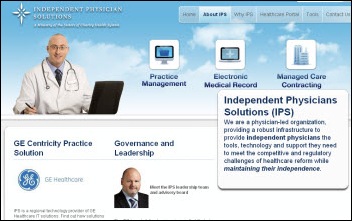
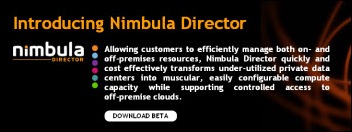
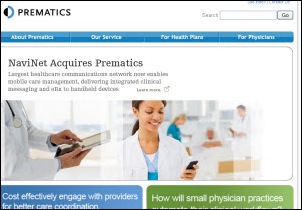



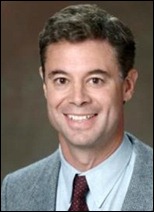
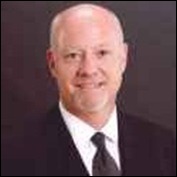




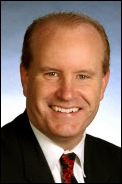


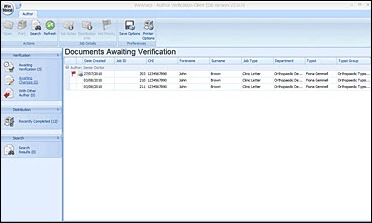




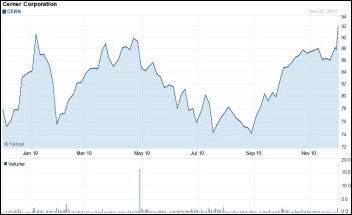
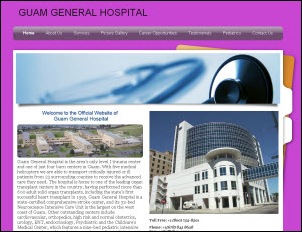
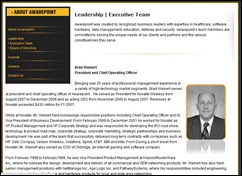
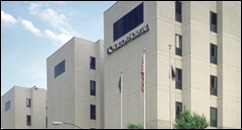



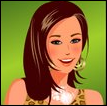

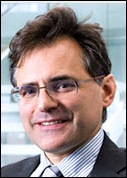








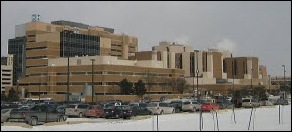





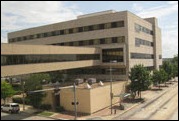

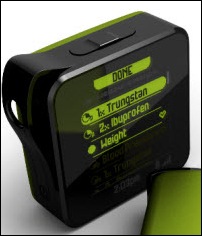
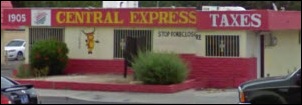





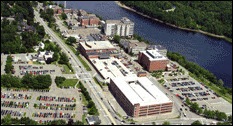




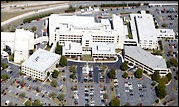
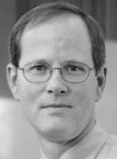






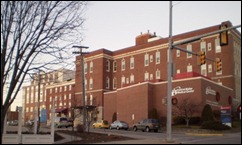


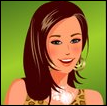


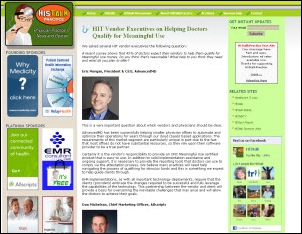

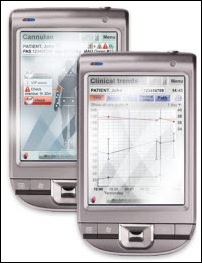

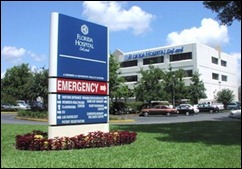








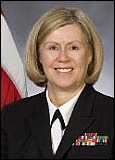

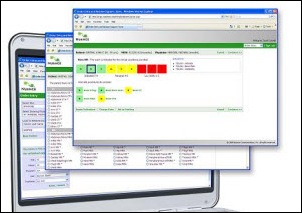
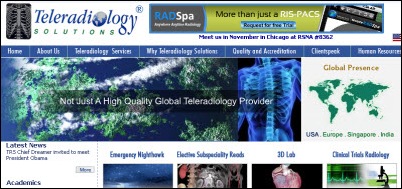

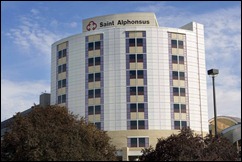

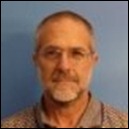




















































































Would have liked to have seen more about Expanse here. Would like to see more about it on this site…